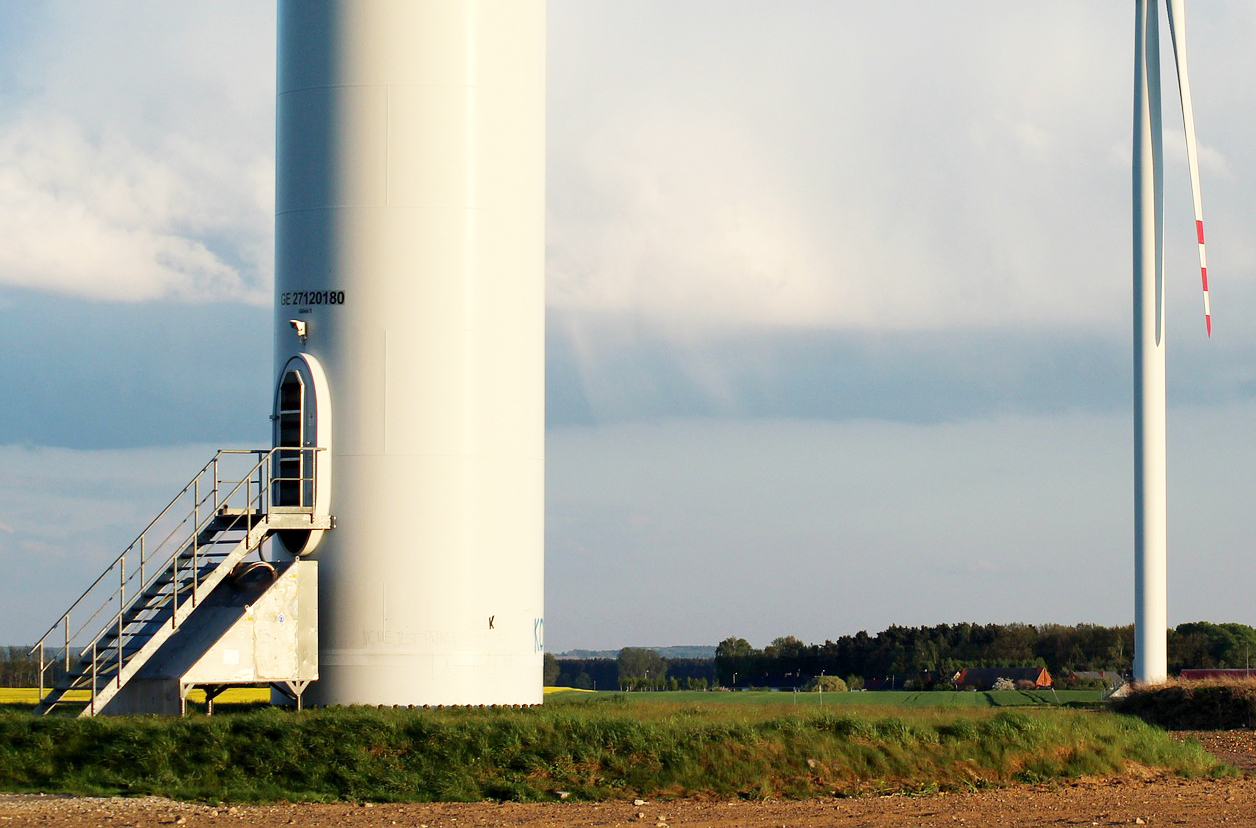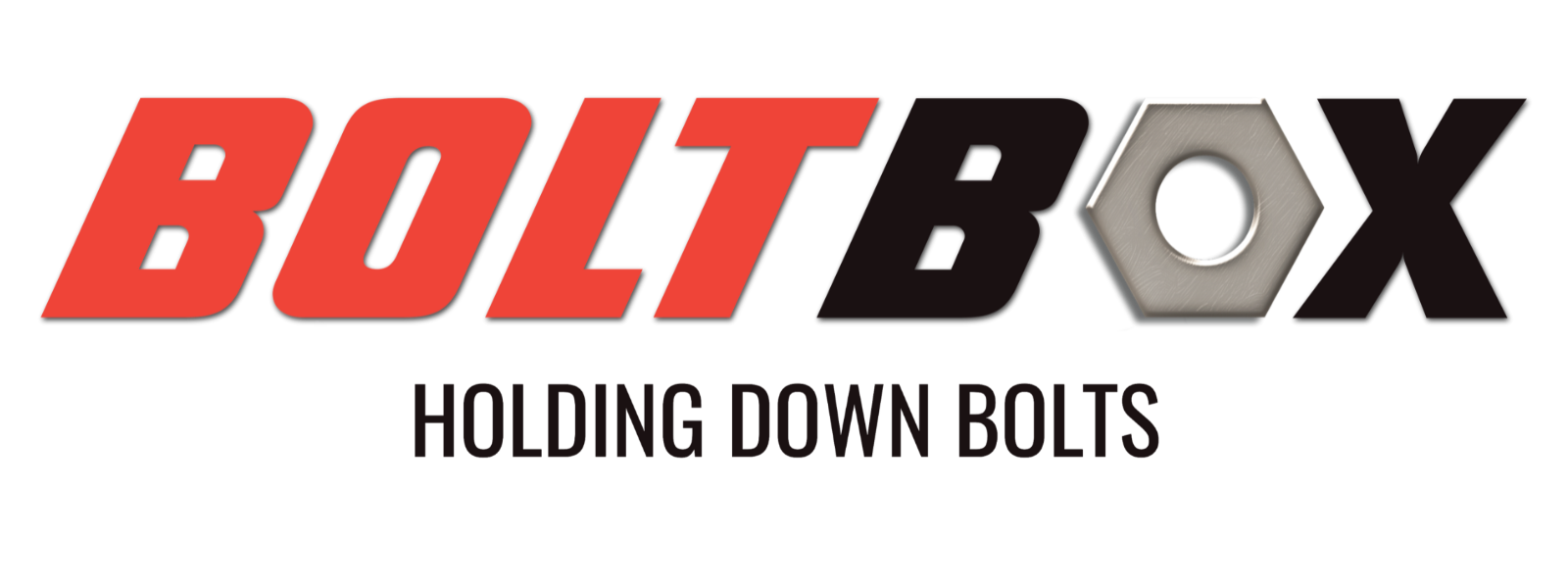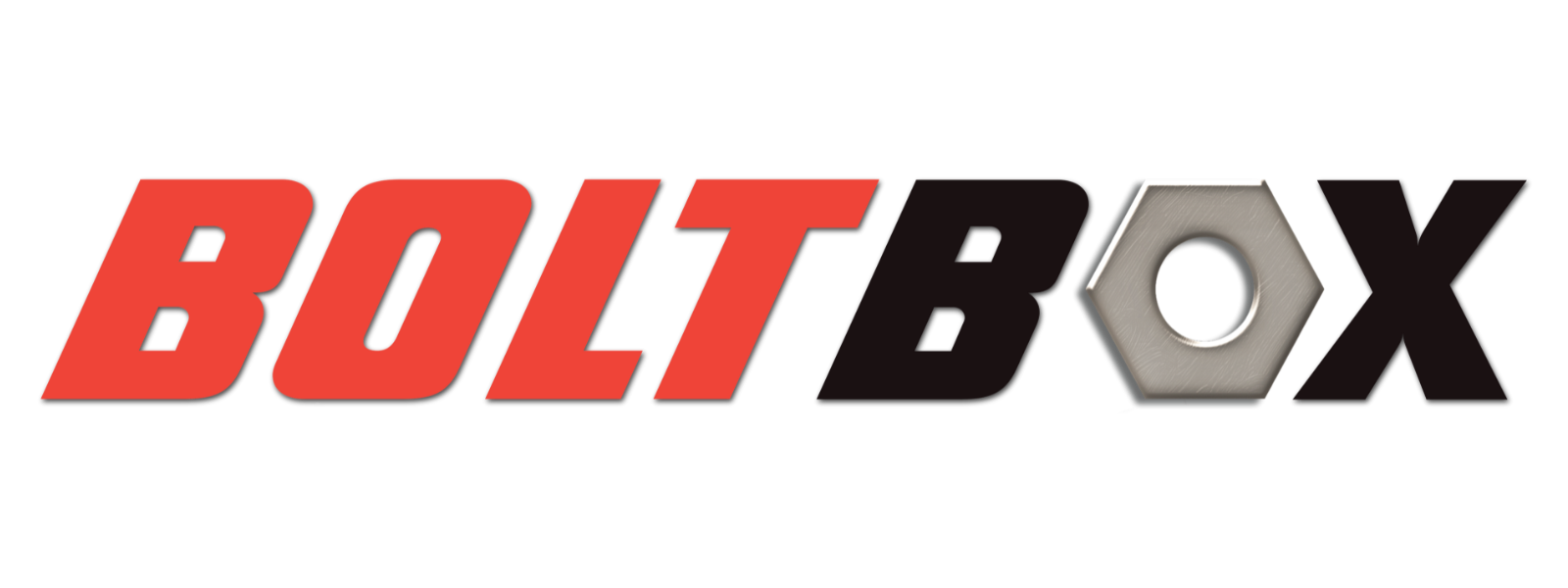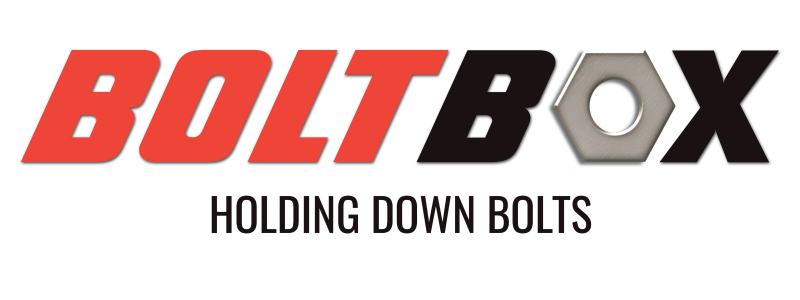How Do Anchor Bolts Work? A Simple Guide for Site Engineers

Anchor bolts are the hidden strength behind every safe and stable structure. They transfer loads from steelwork or machinery into the concrete foundation, ensuring that columns, beams, and baseplates remain securely fixed — even under significant tension and shear forces.
Whether you’re building a steel frame, installing heavy equipment, or casting a concrete base, understanding how anchor bolts work helps ensure long-term safety and performance.
What Is an Anchor Bolt?
An anchor bolt (often called a foundation bolt or holding down bolt) is a threaded steel bar embedded in concrete to connect structural or mechanical elements.
Anchor bolts can be cast-in during the pour or installed later using mechanical or chemical fixing methods.
Their purpose is simple:
To provide a secure, load-bearing connection between the concrete foundation and the attached structure.
The Basic Principle — Load Transfer
Anchor bolts work by transferring forces from the attached structure into the concrete foundation.
When tension or shear is applied to the steel element (such as a column or baseplate), the bolt resists movement through:
- Bond strength between concrete and steel,
- Mechanical interlock (for hooked or headed bolts), and
- Bearing pressure under the washer or baseplate.
In short, the steel provides the strength, and the concrete provides the mass and stability.
Types of Anchor Bolts and How They Work
| Type | How It Works | Common Use |
|---|---|---|
| Cast-in Bolts | Placed before the concrete pour and held in position using bolt boxes or templates. The hardened concrete bonds around the bolt for permanent anchorage. | Steel columns, baseplates, and foundations. |
| Mechanical Expansion Anchors | Inserted into a drilled hole; expand when tightened to grip the concrete sides. | Retrofit or non-structural fixings. |
| Resin (Chemical) Anchors | Bonded into a drilled hole using epoxy or polyester resin. The adhesive creates a strong chemical bond between steel and concrete. | Heavy-duty fixings or close-edge conditions. |
| Sleeve / Through Bolts | Tightened through the fixture, expanding a sleeve inside the hole. | Equipment mounting and handrails. |
⚠️ Note: For structural foundations, cast-in anchor bolts remain the most reliable and code-compliant option.
Key Components of an Anchor Bolt Assembly
A standard holding down bolt assembly typically includes:
- Threaded bolt or stud (often M16, M20, or M24 sizes)
- Square plate washer for load distribution
- Nut(s) for clamping the baseplate
- Waxed cardboard cone to protect threads during casting
- Bolt box or sleeve to keep alignment during the pour
Each component works together to ensure accurate positioning and secure load transfer.
Factors That Affect Performance
Several design and installation factors determine how effectively an anchor bolt works:
- Embedment depth: deeper embedment increases load capacity.
- Concrete quality: poor compaction or weak concrete reduces bond strength.
- Bolt grade: most structural bolts are made from Grade 8.8 high-tensile steel.
- Corrosion protection: galvanised or stainless finishes improve longevity.
- Edge and spacing distances: must comply with BS 7419 and engineer’s drawings.
Correct planning at the design stage ensures compliance and prevents on-site rework.
Common Installation Mistakes
| Mistake | Effect | Prevention |
|---|---|---|
| Bolts misaligned or tilted | Baseplate won’t fit correctly | Use accurate bolt boxes or templates |
| Threads filled with concrete | Nuts cannot be fitted | Use waxed cones or protective sleeves |
| Incorrect projection height | Insufficient thread engagement | Double-check measurements before pouring |
| Using non-galvanised bolts externally | Corrosion and reduced lifespan | Specify galvanised or stainless finishes |
| Over-tightening nuts | Concrete cracking or bolt damage | Use a torque wrench to specified value |
How to Check Anchor Bolts After Installation
For safety-critical applications, engineers often carry out pull-out tests or torque verification after curing.
These confirm that the bolts have achieved the required bond and embedment strength.
Other visual checks include:
- Confirming bolt projection and alignment
- Inspecting for corrosion or surface damage
- Verifying washer and nut fitment
Regular inspection is especially important for exposed or vibration-prone installations.
Real-World Example
In a typical steel-frame building:
- Anchor bolts are fixed into the foundation before concrete pour using bolt boxes and templates.
- Once the concrete has cured, waxed cones are removed to expose clean threads.
- The baseplate is lowered onto the bolts, washers and nuts are installed, and torque is applied to the specified value.
This process ensures each column transfers loads directly into the foundation — the core principle of structural stability.
Why Quality Anchor Bolts Matter
Poor-quality or incorrectly installed anchor bolts can lead to:
- Column misalignment
- Excessive vibration
- Uneven load transfer
- Long-term structural damage
That’s why BoltBox manufactures and supplies high-strength, BS-compliant holding down bolt sets for use in concrete foundations and steel structures.
🔗 Explore: Holding Down Bolt Sets (M16–M24)
🔗 Related: Square Plate Washers
Key Takeaways
Anchor bolts work by transferring load between the structure and concrete.
Correct design, depth, and alignment are vital for strength and safety.
Use galvanised or stainless materials for long-term protection.
Follow BS 7419 and engineer specifications for compliance.
Always source certified, high-quality components from a trusted supplier.
📞 Need Expert Guidance?
BoltBox supplies cast-in holding down bolts, bolt boxes, square plate washers, and waxed cones, all manufactured to UK engineering standards.
For advice or a custom quotation, get in touch with our technical team.


